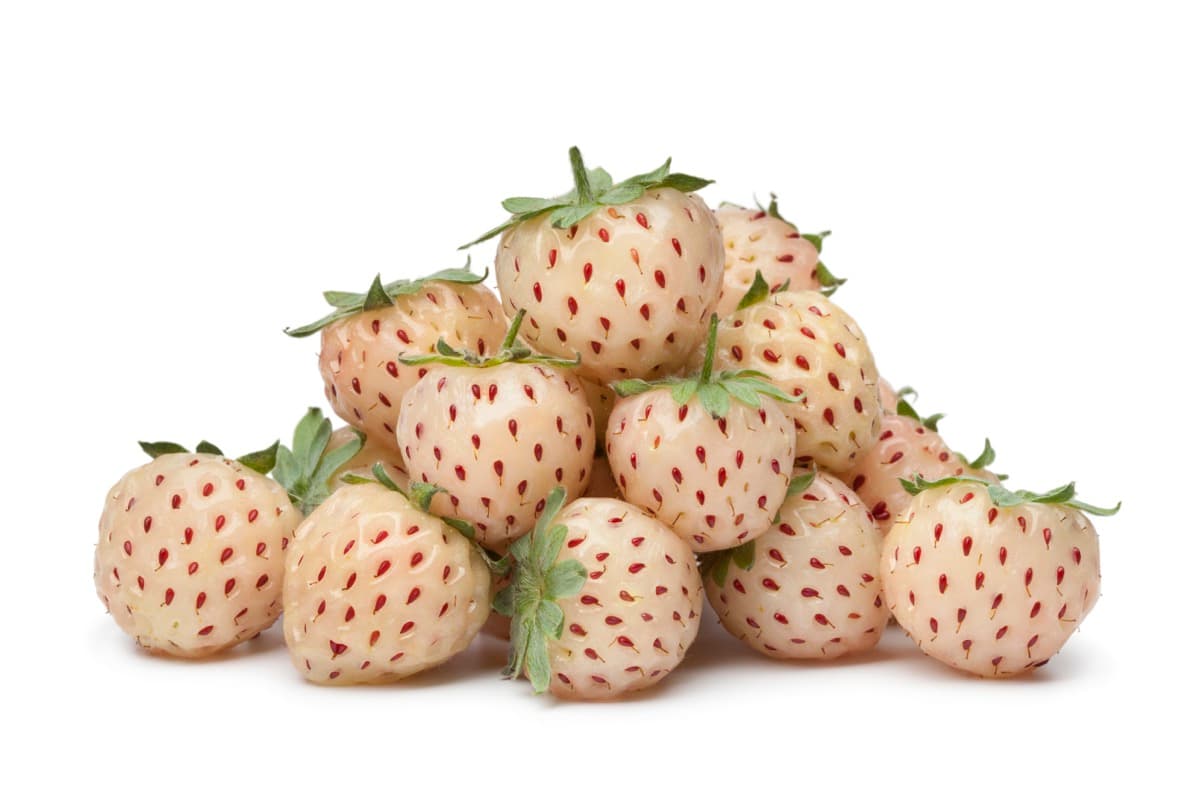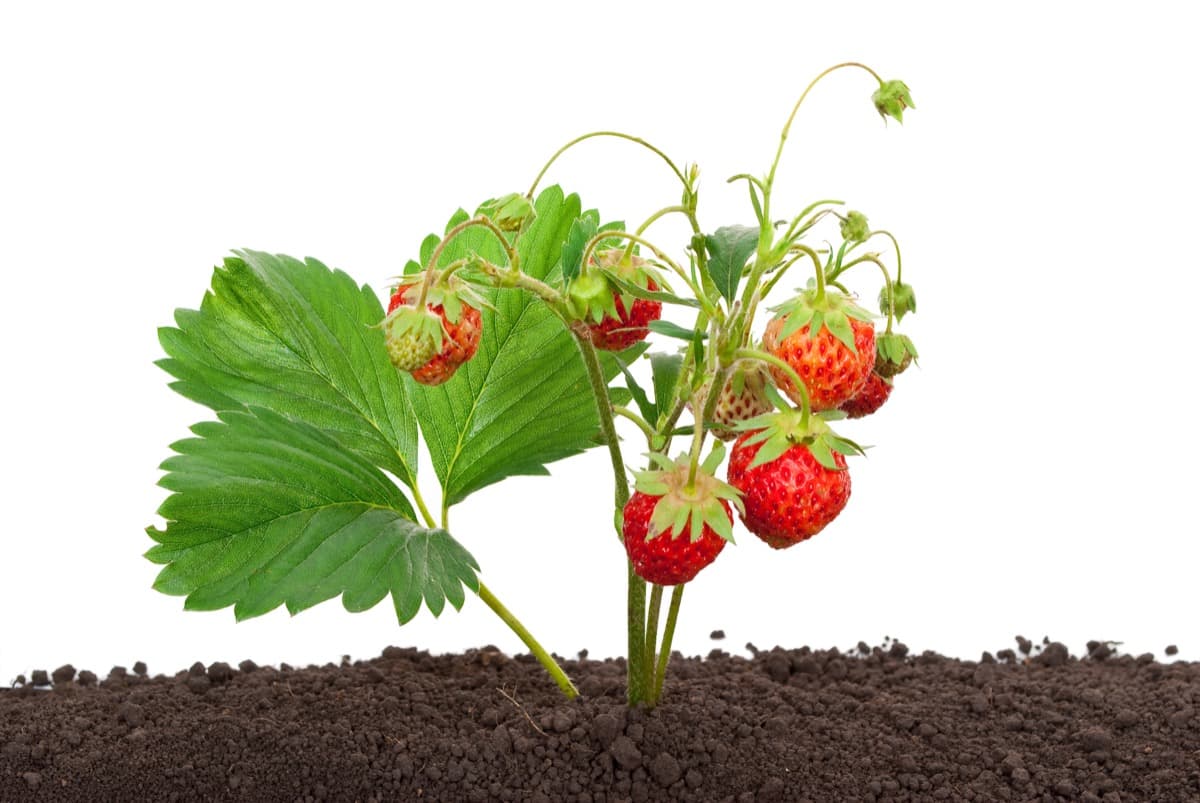Strawberries are one of the most popular and versatile fruits in the world. They are sweet, juicy, and packed with vitamins and antioxidants. Growing your strawberries can be a fun and rewarding experience, and starting with heirloom strawberry seeds is a great option for beginner gardeners. This guide will explore the basics of growing heirloom strawberries from seeds and what you need to know to get started.
Heirloom Strawberry seeds
What are Heirloom Strawberry seeds?
Heirloom strawberries are non-hybrid, open-pollinated varieties passed down from generation to generation. They differ from modern, hybrid varieties in that they are not created through genetic modification and are true to the species. Heirloom strawberries have been grown for centuries, and many have unique and desirable qualities, such as unique flavors, fragrances, and disease resistance.

Why grow Heirloom Strawberry seeds?
You should start planting heirloom strawberry seeds for more than one good reason. First, heirloom strawberries have a longer growing season and produce fruit over a longer period than modern varieties. This means that you can enjoy fresh strawberries for a longer period.
Second, heirloom strawberries are often more flavorful and fragrant than modern varieties. They have a rich, sweet taste not found in many modern strawberries. Heirloom strawberries also have a unique fragrance that is not found in wide modern varieties, making them a great choice for people who love the natural fragrance of strawberries.
Finally, heritage strawberries are more disease resistant than contemporary types. This implies they are less likely to be infected by common strawberry diseases such as powdery mildew, verticillium wilt, and botrytis.
How to grow Heirloom Strawberry seeds
Choose the Right Seeds: When choosing heirloom strawberry seeds; it is essential to select seeds that are fresh, high-quality, and come from reputable suppliers. Make sure that the seeds you choose are labeled as an heirloom, and check the packaging for the origin of the plant and its fruiting season. This information will help you determine the ideal growing conditions for your heirloom strawberries.
Preparing the soil: Strawberries thrive on soils with a pH between 6.0 and 6.5, a high organic matter content, and good drainage. Use compost or well-rotted manure to increase the soil’s structure and fertility before sowing seedlings. Additionally, you may want to test the soil pH and add lime or sulfur to adjust the pH to the desired level.
Sowing the seeds: Fill a pot tray with high-quality seed compost and water thoroughly. Then, sow the heirloom strawberry seeds on the surface of the compost and cover it with a light layer of compost or vermiculite. Keep the soil wet but not soggy, and set the tray or pots in a warm, sunny spot or under grow lights.
Caring for the seedlings: Once the seeds have germinated, they will require proper care and attention to thrive. Ensure they receive adequate light, water, and nutrients to promote healthy growth. If using grow lights, ensure they are kept within 6 inches of the seedlings and adjusted as they grow taller. Additionally, monitor the seedlings for signs of pests or diseases and take action to control them.
Transplanting the seedlings: When the seedlings have a healthy root system and are about two to three inches tall, you can move them to separate pots or the garden. Choose a sunny location for transplanting, and make sure to water the seedlings thoroughly before transplanting. Space the seedlings about 12-18 inches apart, and provide them with a trellis or support system to help them grow vertically.
In case you missed it: Potassium Humate Fertilizer Uses in Agriculture: Benefits for Plants, Dosage Per Acre, and Application Methods

Caring for the mature plants: Once the heirloom strawberries are established, they will require regular care to produce healthy and abundant fruit. Ensure the plants receive adequate water and fertilize them regularly with a balanced fertilizer. Additionally, mulch around the base of the plants helps conserve moisture, control weeds, and regulate soil temperature.
Harvesting the fruit: Heirloom strawberries typically begin producing fruit in their second year and continue producing for 2-3 years. Wait until the strawberries are fully ripe before harvesting them to ensure the best quality and flavor. The fruit should be plump, fragrant, and red to the stem. Gently twist or cut the fruit from the plant, leaving the green cap attached.
In case you missed it: 12 DIY Garden Landscaping Ideas: To Transform Your Yard into a Creative Garden

Conclusion
Finally, starting from Heirloom Strawberry seed is a pleasant and thrilling experience. You can reap a crop of ripe, flavorful strawberries by giving your strawberry plants the attention they need. By understanding the proper planting, care, and maintenance techniques, you can ensure that your strawberries will thrive and produce a healthy crop year after year. Whether you are growing strawberries in a garden, container, or greenhouse, this guide will help you get started on your journey toward growing delicious, heirloom strawberries.
- Feed Your Flock for Less: Top 10 Tips to Save on Chicken Feed
- Ultimate Guide to Ossabaw Island Hog: Breeding, Raising, Diet, and Care
- Hatching Answers: The Top 10 Reasons Your Chickens Aren’t Laying Eggs
- Eggs and Economics: Breaking Down the Cost of Raising Backyard Chickens
- Defend Your Greens: Proven Methods to Keep Iguanas Out of Your Garden
- Ultimate Guide to Cinnamon Queen Chicken: A Comprehensive Guide for Beginners
- Ultimate Guide to California Tan Chicken: Breeding, Raising, Diet, Egg-Production and Care
- Ultimate Guide to Marsh Daisy Chicken: Breeding, Raising, Diet, and Care
- 10 Types of Chicken Farming Businesses You Can Start for Profits